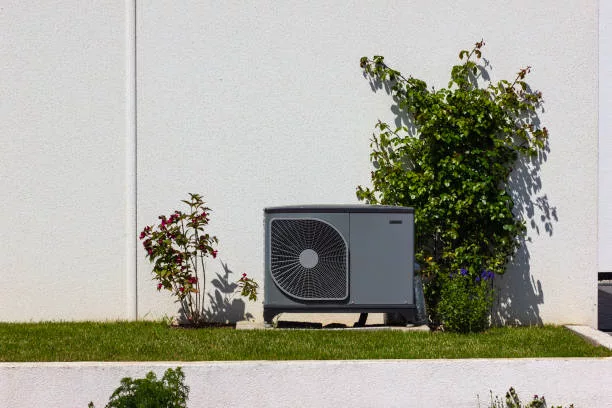In a move to bolster its environmental stance, Panasonic Corporation has revealed plans to launch an innovative series of air-to-water (A2W) heat pumps in September 2024. These will be aimed at serving an array of light commercial properties, including multi-dwelling units, stores, and offices. With a clear focus on sustainability, these models are designed with compactness in mind, setting a new industry benchmark for size efficiency.
What Makes These A2W Heat Pumps Stand Out?
A2W heat pumps are acclaimed for their role in heating systems that extract heat from the open air to warm water for building use. As a greener alternative to conventional fossil fuel heaters, they produce less carbon dioxide and have gained popularity in the European market, especially for home heating solutions. Panasonic anticipates that by extending their application to multi-dwelling and commercial spaces, they will satisfy a growing market need.
Reducing Global Warming Impact with New Refrigerants
In light of the global warming impact linked to the hydrofluorocarbons (HFCs) commonly used in air conditioners and heat pumps, international provisions such as the Montreal Protocol’s Kigali Amendment have come into effect to phase them out. Panasonic has taken this environmental challenge head-on by leading the way with its first Japanese-manufactured A2W systems that employ natural refrigerants.
Building on a Decade of European Success
Since 2008, Panasonic has been capitalizing on its energy-saving technology prowess in the European market through its Aquarea residential A2W systems. These systems are versatile, providing efficient heating even in cold climates and cooling options in warmer regions, supported by their sophisticated cloud-based remote monitoring services.
A Significant Collaboration with Systemair
Following the strategic acquisition of Systemair‘s commercial hydronic air conditioning division in February 2023, Panasonic has leveraged the Swedish firm’s advanced environmental technologies. By combining Panasonic’s air conditioning technological expertise with Systemair’s innovative use of natural refrigerants, a powerful line of new A2W units has been developed, promising impressive heating capacities.
Advancing A2W Heat Pump Technology
The upcoming heat pumps will be manufactured across locations in the Czech Republic and France, with three robust models offering capacities of 20, 25, and 30 kilowatts. These new units are designed not only to provide powerful heating solutions for commercial spaces but also to respect and preserve the environment.
Unveiling the Features of Panasonic’s New Heat Pumps
1. Catering to Commercial Heating Requirements
The expanded product range now delivers substantial heating options with the introduction of three higher capacity models, ensuring that diverse commercial heating needs are met efficiently.
2. Embracing Environmentally Sound Natural Refrigerants
Breaking new ground, Panasonic becomes the first Japanese brand to incorporate the eco-friendly R290 refrigerant for commercial A2W heat pumps, underscoring its commitment to a greener future.
3. Concentrated Design Excellence
Panasonic’s newly designed models achieve a matchless compact form, allowing for installations even in spaces where real estate is at a premium, without compromising on performance.
Panasonic asserts its dedication to delivering environmentally considerate and high-performance heating solutions, with an unwavering focus on technological innovation and insightful understanding of customer lifestyles.
1 Based on comparison studies conducted by Panasonic as of March 14, 2024, against similar capacity models in the industry.
² HFCs have been identified as high greenhouse effect substances that are substitutes for CFCs.
3 The Montreal Protocol is an international treaty aiming to protect the ozone layer by phasing out ozone-depleting substances with a specific timeline.
4 Models featuring Panasonic’s proprietary T-CAP technology deliver consistent warmth.
5 The new 30 kW A2W model from Panasonic asserts a 30% smaller installation area compared to its J Series 16 kW counterparts.

























